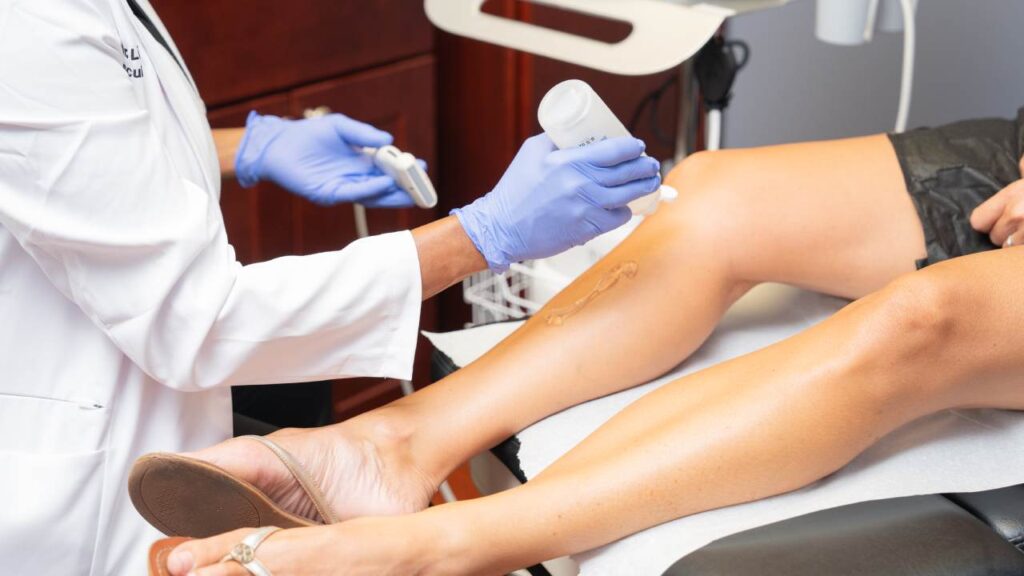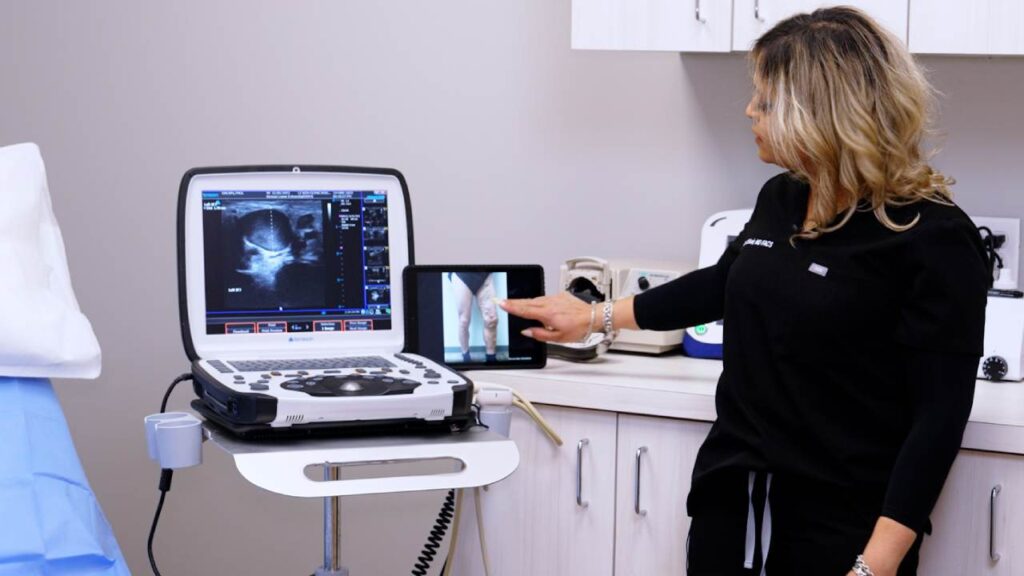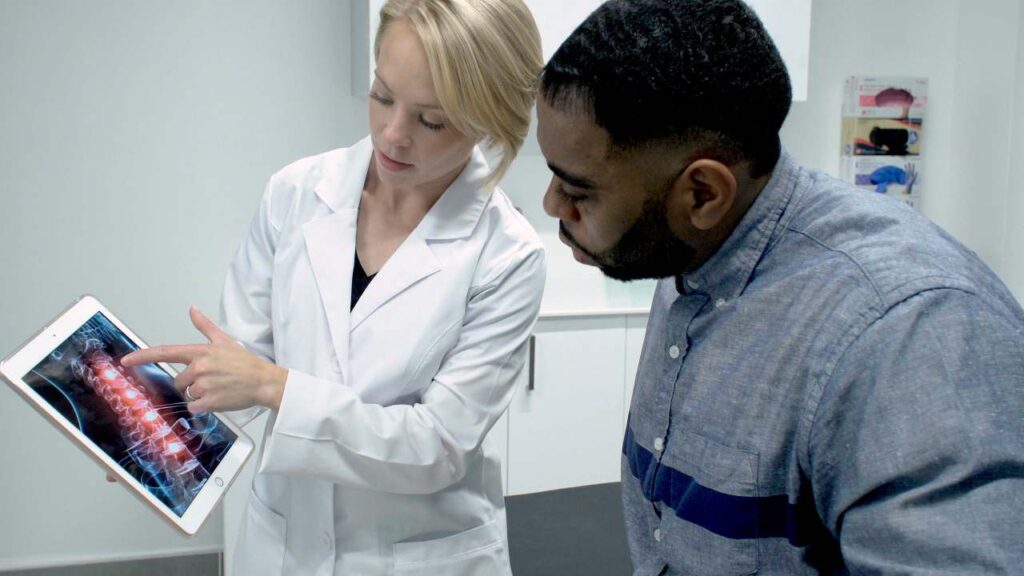Signs and Symptoms to look for in chronic venous insufficiency. The most common symptoms include leg swelling, leg heaviness, burning sensation, itching, leg fatigue, leg cramps, and skin ulcers. Characteristics that show frequently on the surface of the skin are varicose veins, tortuous dilated veins, redness, dry and flaky skin, and bluish discoloration in legs and ankle area.
Risk Factors for chronic venous insufficiency. Factors that contribute to the development of the venous insufficiency include gender particularly female, family history of varicose veins, weightlifting, multiple pregnancies, prolonged standing, conditions that increase pressure in the abdomen, and trauma to the veins.
Hemodynamics overview. Venous blood flow moves towards the head in cephalad direction back to the heart. Veins hemodynamic and valves presence is singular which is very different from the arteries. Veins contain one way valves that open and close in each section of the lower extremities to aid in the return of the blood back to the heart. When valves fail, blood falls back and starts to dilate vein channels due to the pressure it causes. The consequence of this is the formation of varicose veins and the appearance of leg symptoms.
Ultrasound Imaging: Duplex Venous Doppler. Vein specialists use ultrasound imaging to detect venous insufficiency. The exam is called Venous Duplex Doppler and it measures the diameter of dilated veins as well as the time that venous flow is abnormally going in the wrong direction. Ultrasound picks up the bad and the good flow. Imaging also detects how healthy veins are and if there is any obstruction in the veins.
Treatment Options and Specialist. Treatment options offered at the Vein Center in New York are advanced top vein treatments. Vein experts take care of the venous insufficiency and varicose veins. Some of the procedures that board certified specialists perform are endovenous radio-frequency ablation, laser ablation, VenaSeal, and ultrasound guided sclerotherapy.







